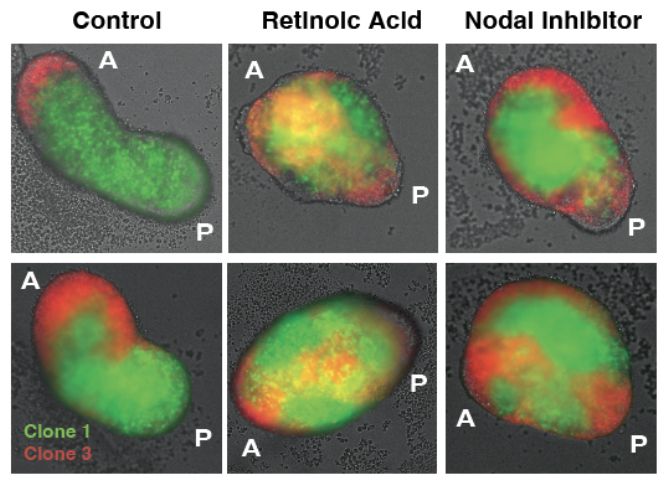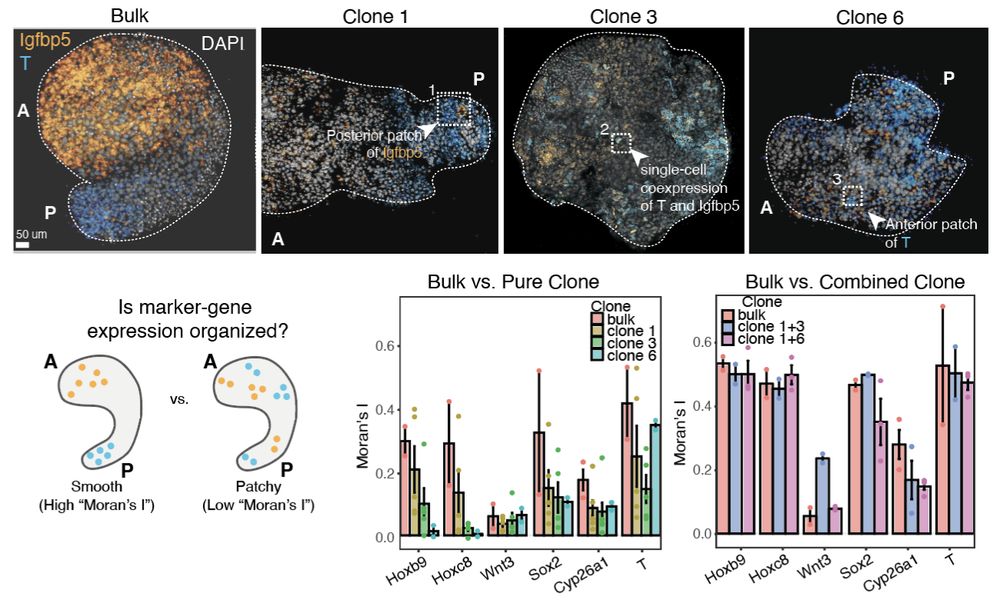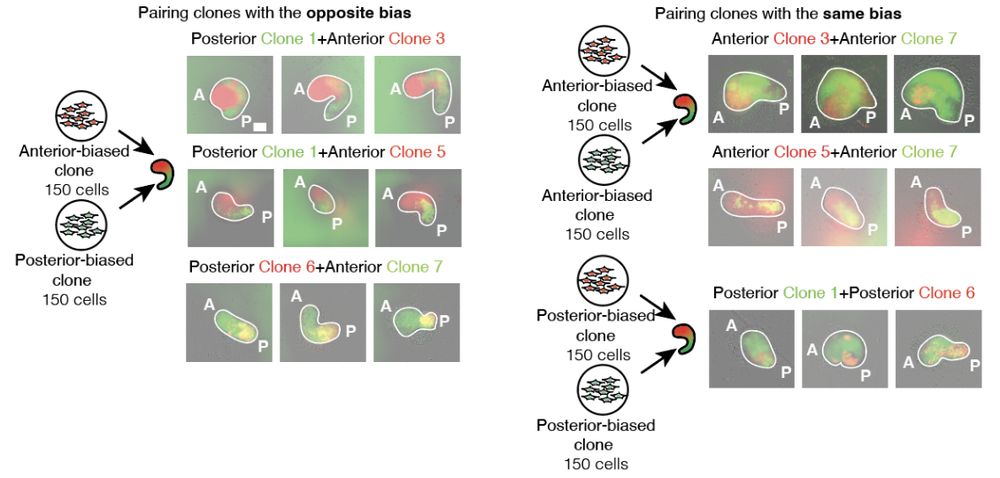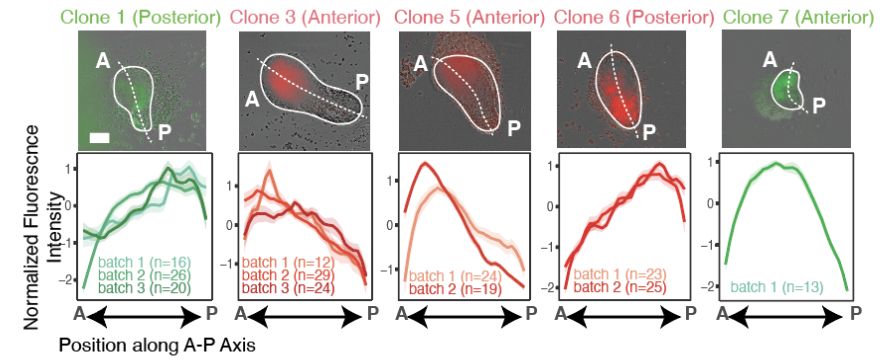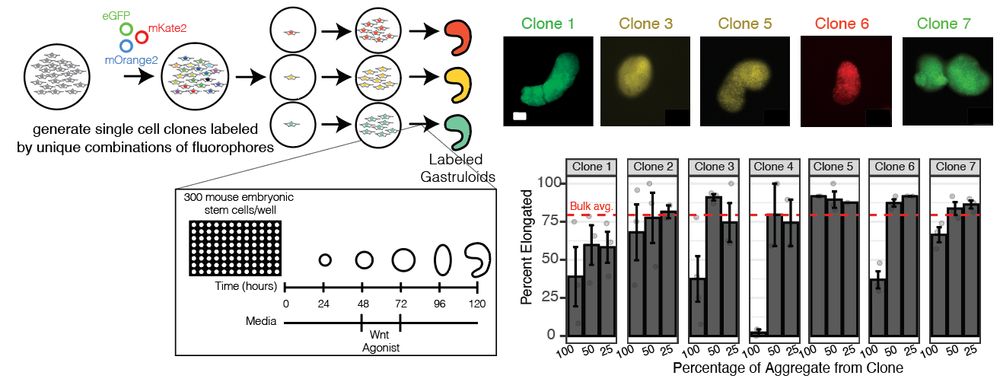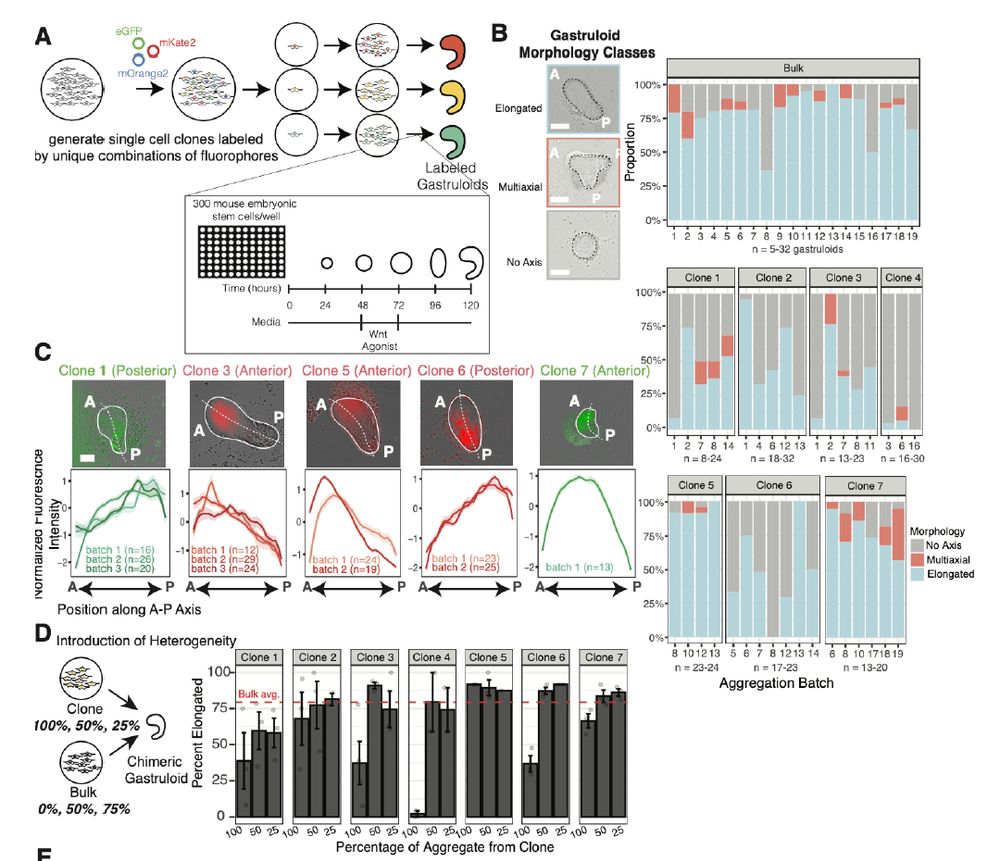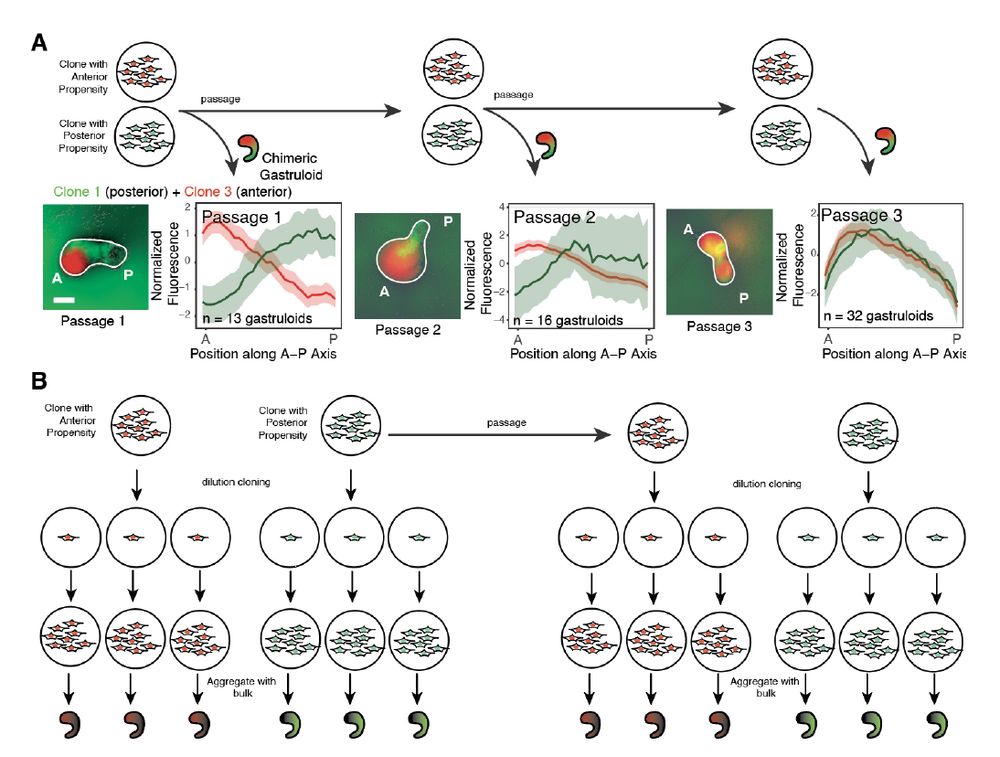Vinay Ayyappan
@vayyappan.bsky.social
22 followers
39 following
10 posts
Penn MD/PhD student.
Runner when bones work
Posts
Media
Videos
Starter Packs
Pinned
Vinay Ayyappan
@vayyappan.bsky.social
· Jul 15

Gastruloid patterning reflects division of labor among biased stem cell clones
Embryonic development typically requires precise coordination among cells to achieve reproducible outcomes, leading to the assumption that cellular heterogeneity must be minimized or buffered against....
www.biorxiv.org
Reposted by Vinay Ayyappan
Reposted by Vinay Ayyappan
Reposted by Vinay Ayyappan
Vinay Ayyappan
@vayyappan.bsky.social
· Jul 16
Vinay Ayyappan
@vayyappan.bsky.social
· Jul 15

Single-cell spatial mapping reveals reproducible cell type organization and spatially-dependent gene expression in gastruloids
Gastruloids are three-dimensional stem-cell-based models that recapitulate key aspects of mammalian gastrulation, including formation of an anterior-posterior (AP) axis. However, we do not have detail...
www.biorxiv.org
Vinay Ayyappan
@vayyappan.bsky.social
· Jul 15
Vinay Ayyappan
@vayyappan.bsky.social
· Jul 15
Vinay Ayyappan
@vayyappan.bsky.social
· Jul 15

Gastruloid patterning reflects division of labor among biased stem cell clones
Embryonic development typically requires precise coordination among cells to achieve reproducible outcomes, leading to the assumption that cellular heterogeneity must be minimized or buffered against....
www.biorxiv.org
Reposted by Vinay Ayyappan
Reposted by Vinay Ayyappan
